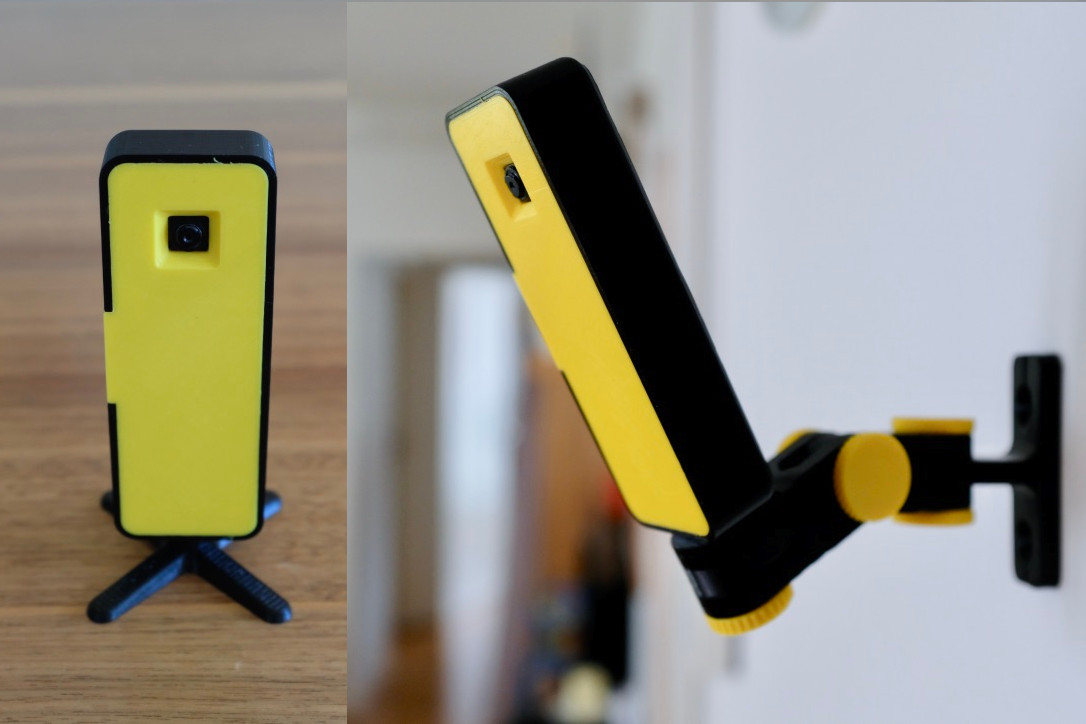

Libcamera-still does not support burst capture. There is no support for setting the flicker period yet.
RASPBERRY PI IP CAMERA ISO
Users should calculate the gain corresponding to the ISO value required (usually a manufacturer will tell you that, for example, a gain of 1 corresponds to an ISO of 40), and use the -gain parameter instead. Libcamera has no understanding of ISO, so there is no -ISO option. There is no explicit control of the digital gain you get this if the gain requested is larger than the analogue gain can deliver by itself. There is support for setting the exposure time ( -shutter) and analogue gain ( -analoggain or just -gain). However, tuning files are supplied which switch the AWB into the correct mode, so for example, you could use libcamera-hello -tuning-file /usr/share/libcamera/ipa/raspberrypi/imx219_noir.json.

Libcamera has no mechanism to set the AWB into "grey world" mode, which is useful for "NOIR" camera modules. With regards to AWB, to turn it off you have to set a pair of colour gains (e.g. In particular the legacy apps conflate metering (by which we mean the "metering mode") and the exposure (by which we now mean the "exposure profile"). There are some differences in the metering, exposure and AWB options. 180 degree rotations, therefore, are among those permitted but 90 and 270 degree rotations are not. The transformations supported are those that do not involve a transposition. There is no image stabilisation ( -vstab) (though the legacy implementation does not appear to do very much). There is no support in libcamera for stereo currently. Stereo ( -stereo, -decimate and -3dswap). Photometric Interpretation : Color Filter Array Note that it is likely to be difficult or impossible to glue the filter back in place and return the device to functioning as a normal optical camera.įile Modification Date/Time : 2021:08:17 16:36:18+01:00įile Access Date/Time : 2021:08:17 16:36:18+01:00įile Inode Change Date/Time : 2021:08:17 16:36:18+01:00Įxif Byte Order : Little-endian (Intel, II)Ĭamera Model Name : : Horizontal (normal)

As long as the washers have been fitted in the correct order, they do not need to be screwed very tightly. Next, fit the steel washer, which prevents damage to the nylon washer. The nylon washer prevents damage to the circuit board apply this washer first. Be sure to realign the housing with the gasket, which remains on the circuit board. Replace the main housing over the circuit board. Given that changing lenses will expose the sensor, at this point you could affix a clear filter (for example, OHP plastic) to minimize the chance of dust entering the sensor cavity. The glue will break and the filter will detach from the lens mount. Using a pen top or similar soft plastic item, push down on the filter only at the very edges where the glass attaches to the aluminium - to minimise the risk of breaking the filter. You may try some ways to weaken the adhesive, such as a little isopropyl alcohol and/or heat (~20-30 C). Turn the lens around so that it is "looking" upwards and place it on a table. Do not proceed unless you are sure that you are willing to void your warranty. Make sure the sensor does not touch the surface.īefore completing the next step, read through all of the steps and decide whether you are willing to void your warranty. Lift up the board and place it down on a very clean surface. There is a gasket of slightly sticky material between the housing and PCB which will require some force to separate. Be careful not to let the washers roll away. Unscrew the two 1.5 mm hex lock keys on the underside of the main circuit board. Work in a clean and dust-free environment, as the sensor will be exposed to the air.
RASPBERRY PI IP CAMERA SERIAL
Camera Serial Interface 2 (CSI2) "Unicam".
RASPBERRY PI IP CAMERA DRIVER
Driver differences when using libcamera or the legacy stack.Camera Tuning and supporting 3rd Party Sensors.Understanding and Writing your own Apps.Writing your own Post-Processing Stages.libcamera and the legacy Raspicam camera stack.


 0 kommentar(er)
0 kommentar(er)
